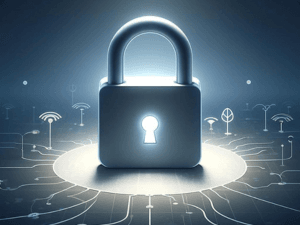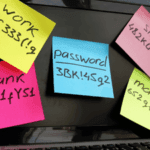Remember when you used to see movie scenes with an actor digitally made to look years younger? That technology, called deepfake, has moved beyond Hollywood magic into the business world.
Powered by artificial intelligence, deepfakes can create fake videos, audio, and text that look shockingly real.
At first, companies saw potential upside, like using fake video spokespeople in ads to save money. But deepfakes also pose serious downsides that all businesses need to understand.
Identity Theft and Cybersecurity Breaches: The High Cost of Deepfake
The scary truth is that deepfakes could allow hackers to imitate real company leaders with fake video or audio in order to access valuable data or spread harmful rumors.
One report found that 9 out of 10 cyberattacks relate to stolen identities. While smaller companies may feel safer, any business could fall victim to these high-tech identity thefts.
The impacts go beyond immediate financial losses to lasting brand damage. No company can afford to ignore the threat.
Strategies for Deepfake Defense: Ensuring Your Company’s Safety
The first step to guard against deepfake threats is simple: teach employees what to watch for.
Train them to spot odd facial movements or speech patterns that suggest a fake video call. Make them alert to unusual requests for data or payments that could indicate a deepfake scam.
Vigilant staff form the frontline of defense.
Secure Communication: The Role of Verbal Codes and Passphrases
Adding an extra layer of security to business communications can thwart would-be hackers.
Create verbal passcodes or code phrases known only to your company and partners. Require their use to verify identities before sharing sensitive info.
Change codes routinely so they stay secret. It’s a straightforward way to spot deepfake impersonation attempts.
Technological Safeguards: Investing in Advanced Threat Detection
While multi-factor login protections are essential, companies need next-level security to match the growing sophistication of deepfakes.
Investing in AI-powered threat detection systems provides an advanced shield. These tools learn continuously, evolving to spot even custom-crafted deepfakes.
For comprehensive defense of customer trust and company assets, advanced tech is a must.
In closing, deepfake risks are rising across industries.
Through employee training, secure communications tactics, and smart tech investments, companies can protect their integrity.
Facing the problem head on is the only way to guard against this new frontier of cyber fraud.





